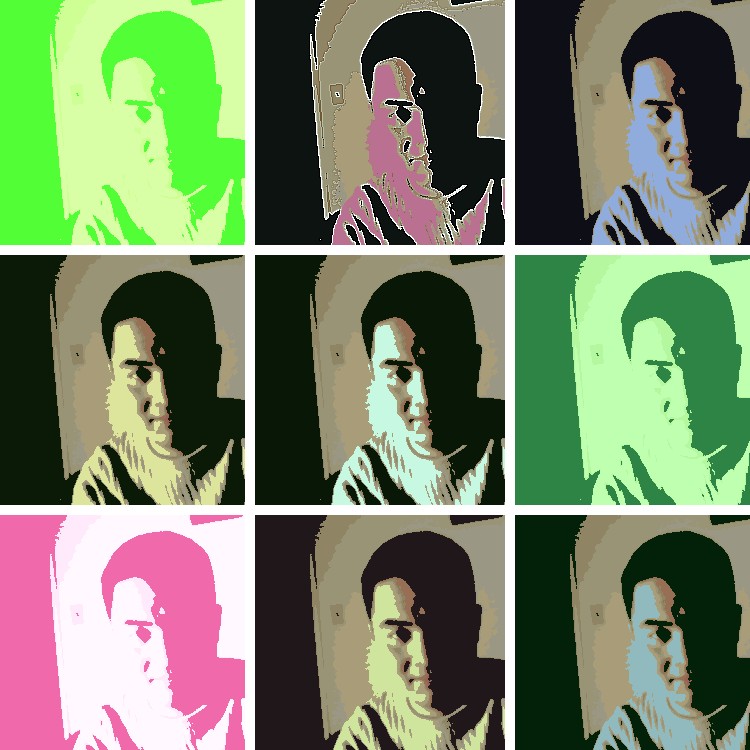Books of manners
Books of manners
First posted 01:10am (Mla time) Mar 10, 2006
By Ambeth Ocampo
Inquirer
OLD people often bewail the morals of young ones as if they were not young once. I often hear folks of pre-war vintage waxing nostalgic about an age ("pistaym," or peace time) when schools taught not only reading, writing and arithmetic but also "good manners and right conduct." I have yet to see the textbook or teacher's guide to this subject, but I'm sure it will be quite refreshing for me and, of course, my favorite, bratty, 2-year-old nephew who is slowly testing the patience of the adults to see how far he can go without reprimand or being asked to sit in the "quiet chair."
While some people have heard of the 19th-century Tagalog book of manners by Modesto de Castro, written in epistolary form as "Pagsusulatan ni Urbana at ni Felisa," not many are familiar with a similar Visayan work, "Lagda," by the Jesuit Pedro de Estrada, first printed in 1734. Ten years ago I came across a typescript copy in the San Beda College library and doubted its provenance, but the whole text is reproduced in Volume 5 of Gregorio Zaide's "Documentary Sources of Philippine History." Zaide also worked on a typescript English translation. Although I cannot read Visayan, I will dig up an original copy someday just to convince myself this is not another elaborate hoax like the Code of Kalantiaw.
Zaide says the original book is a guide to living a Christian life and comes complete with prayers and other devotional material. But what should interest historians are the words of advice given in the 18th century that don't quite match our code of conduct in the 21st century. The opening chapter alone reflects how different our world is from theirs:
"When you wake up in the morning, do not roll on yourself like an earthworm, do not wiggle like a snake that is crawling on the ground, but get up right away, make the Sign of the Cross and thank God that He has saved you from the danger that night.
"Fold your blanket, roll your pillow in your mat, and put them aside or in a corner so that they will not bother or disturb.
"Change your dress so that you will not appear as if you have just come out of a pigsty, and at the same time pray the Act of Faith. Your dress, even if it is old or torn, should be smooth and clean because it is not proper that you should appear before other people scrubbing yourself as if you had lice. You should wash your face so that you will not look dirty or smell as if you have just come out from bed."
Urban people will find the animal descriptions quite quaint, and our metrosexuals will probably object to one of the rules that state, "If you are a man, do not let your hair grow long because it is not proper for a man to knot his hair like a woman or to have it falling on his back. It is ugly to see a man who is effeminate."
It was perhaps beyond his comprehension to see women with a shaved head, masculine women, or even men with earrings -- not to mention navel, nipple and penis rings.
Then there is a question of good taste or restraint in design. Manila Mayor Lito Atienza's loud Hawaiian shirts would have been frowned upon in the 18th century, for "Lagda" dictates: "It is good that your dress should be like a flower, but remember that too many ornaments will make you look like a blooming 'gumamela' [hibiscus]. Therefore you should be moderate and should be in harmony with others."
Some rules do not change: "Do not let your nails grow long like the nails of a haw. Do not blow your nose with your dress, and do not wipe your mucus with your hands, with your sleeves, your pants or your skirts, and that is why you should carry a piece of cloth or a handkerchief. Do not spit too much, and when you do so, do not face the wind so that you will not spray your saliva on others."
Even posture and manner of walking are not spared: "Walk sedately, your body neither very stiff and erect nor your hips swaying -- do not sway yourself like a banana leaf. Do not walk with mincing steps as if treading on glowing embers; do not walk too slow like a worm. Neither walk on the tips of your toes nor drag your feet as if they were legs being hauled along. Do not swing your arms but put your hand beneath your cloth; if you cannot do this, fold them on your breast.
"Your head should be neither bowed nor held high like that of a chicken when drinking; do not look up at the windows of houses as if you were searching for bees; do not bend your head to one side or another as if a glowworm has entered it; do not open your eyes wide to look around or keep turning your head like a weather cock."
There is simply so much that would be out of date today, thus "Lagda" is read as history and helps us appreciate the world we live in at present.
History is often mistaken to be a look into the past for its own sake. But history only becomes relevant when we see ourselves in relation to the past.
What is it this thing we call "good manners"? In relation to what?
Books of manners are historical documents that tell us what life was like then, and when we compare this to manners in our time we gain perspective, which is a gift much needed in these noisy times.
* * *



0 Comments:
Post a Comment
<< Home